 Loading...
Loading...

MTOR

Cancer-related genes, Disease related genes, Enzymes, FDA approved drug targets, Human disease related genes, Plasma proteins
Intracellular
Low cell type specificity
Low immune cell specificity
Low cell line specificity
Part of the mammalian target of rapamycin complex 1 (mTORC1) which contains MTOR, MLST8, RPTOR, AKT1S1/PRAS40 and DEPTOR. The mTORC1 complex is a 1 Md obligate dimer of two stoichiometric heterotetramers with overall dimensions of 290 A x 210 A x 135 A. It has a rhomboid shape and a central cavity, the dimeric interfaces are formed by interlocking interactions between the two MTOR and the two RPTOR subunits. The MLST8 subunit forms distal foot-like protuberances, and contacts only one MTOR within the complex, while the small PRAS40 localizes to the midsection of the central core, in close proximity to RPTOR. Part of the mammalian target of rapamycin complex 2 (mTORC2) which contains MTOR, MLST8, PRR5, RICTOR, MAPKAP1 and DEPTOR. Interacts with PLPP7 and PML. Interacts with PRR5 and RICTOR; the interaction is direct within the mTORC2 complex and interaction with RICTOR is enhanced by deubiquitination of RICTOR by USP9X (PubMed:33378666). Interacts with WAC; WAC positively regulates MTOR activity by promoting the assembly of the TTT complex composed of TELO2, TTI1 and TTI2 and the RUVBL complex composed of RUVBL1 and RUVBL2 into the TTT-RUVBL complex which leads to the dimerization of the mTORC1 complex and its subsequent activation (PubMed:26812014). Interacts with UBQLN1. Interacts with TTI1 and TELO2. Interacts with CLIP1; phosphorylates and regulates CLIP1. Interacts with NBN. Interacts with HTR6 (PubMed:23027611). Interacts with BRAT1. Interacts with MEAK7 (via C-terminal domain); the interaction increases upon nutrient stimulation (PubMed:29750193). Interacts with TM4SF5; the interaction is positively regulated by arginine and is negatively regulated by leucine (PubMed:30956113). Interacts with GPR137B (PubMed:31036939). Interacts with NCKAP1L (PubMed:32647003). Interacts with TPCN1 and TPCN2; the interaction is required for TPCN1 and TPCN2 sensitivity to ATP (PubMed:23394946). Interacts with ATP6V1A and with CRYAB, forming a ternary complex (By similarity).
Kinase, Serine/threonine-protein kinase, Transferase
- Rabbit Anti-MTOR Polyclonal Antibody (MRO-2048-CN) (MRO-2048-CN)
-
- Species Reactivity: Human, Mouse, Rat
- Type: Rabbit IgG
- Application: IF, IHC, WB
-
- Species Reactivity: Human
- Type: Mouse antibody
- Application: ICC/IF
-
- Derivation: Mouse
- Species Reactivity: Human
- Type: Mouse IgG1
- Application: WB, ICC, IF, IHC
-
- Species Reactivity: Human
- Type: IgG
- Application: WB, IF, ICC, FC
-
- Species Reactivity: Human, Mouse, Rat
- Type: Rabbit IgG
- Application: WB, IHC, IP
-
- Derivation: Phage display library screening
- Species Reactivity: Human
- Type: IgG
- Application: ICC/IF, IHC-P, WB
- Recombinant Mouse Anti-MTOR Antibody (VS-0923-FY112) (VS-0923-FY112)
-
- Species Reactivity: Human
- Type: Mouse IgG1
- Application: ELISA, WB
-
- Species Reactivity: Human, Mouse, Rat
- Type: Rabbit IgG
- Application: WB, IHC, IP
-
- Species Reactivity: Human, Mouse
- Type: Rabbit IgG
- Application: WB, IHC-P
-
- Species Reactivity: Human
- Type: Rabbit IgG
- Application: ELISA, WB, IHC, IF
-
- Species Reactivity: Human
- Type: Rabbit IgG
- Application: ELISA, WB, IF
Our customer service representatives are available 24 hours a day, from Monday to Sunday. Contact Us
Can't find the products you're looking for? Try to filter in the left sidebar.Filter By Tag
For Research Use Only. Not For Clinical Use.

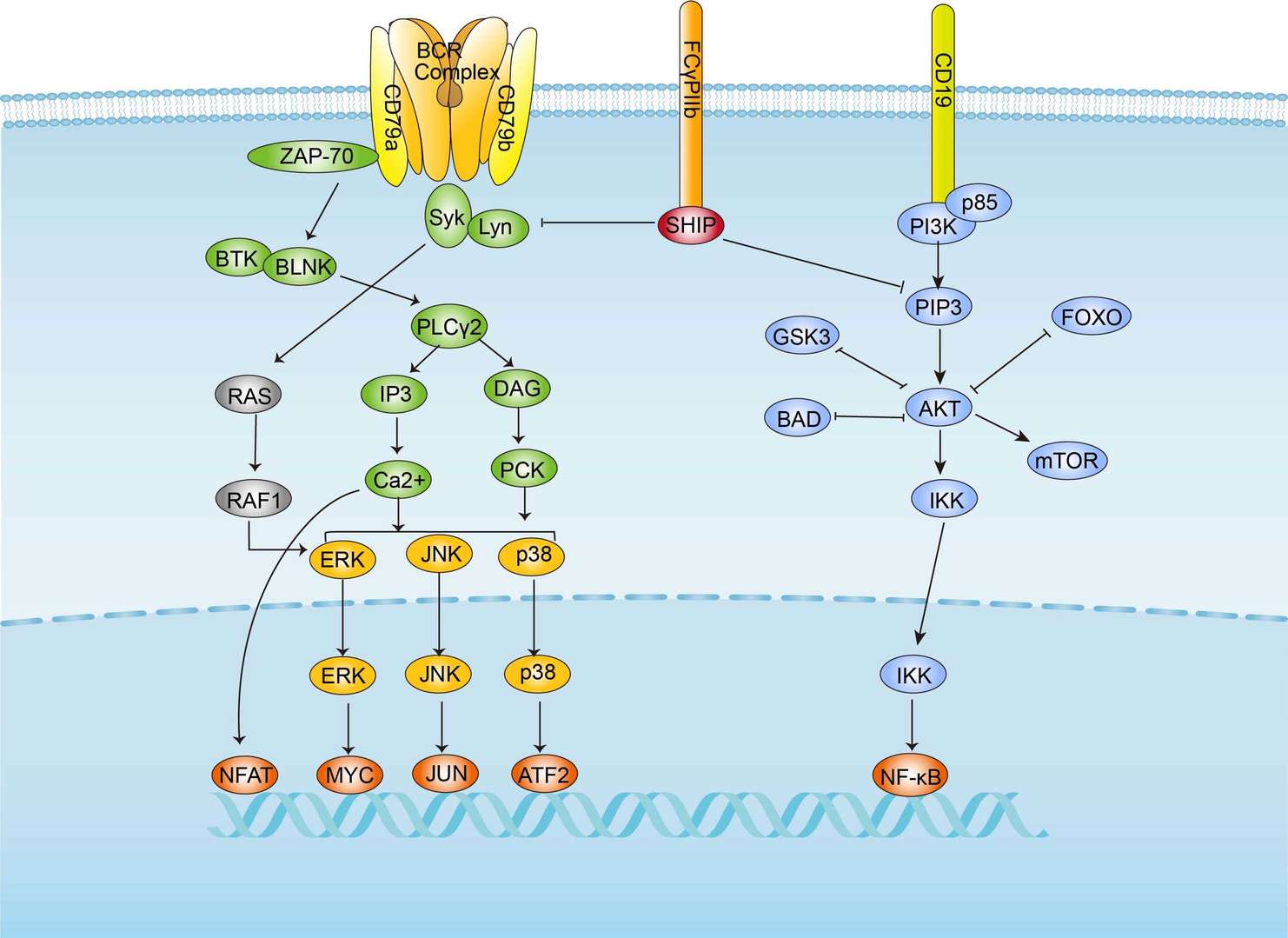 BCR Signaling Pathway
BCR Signaling Pathway
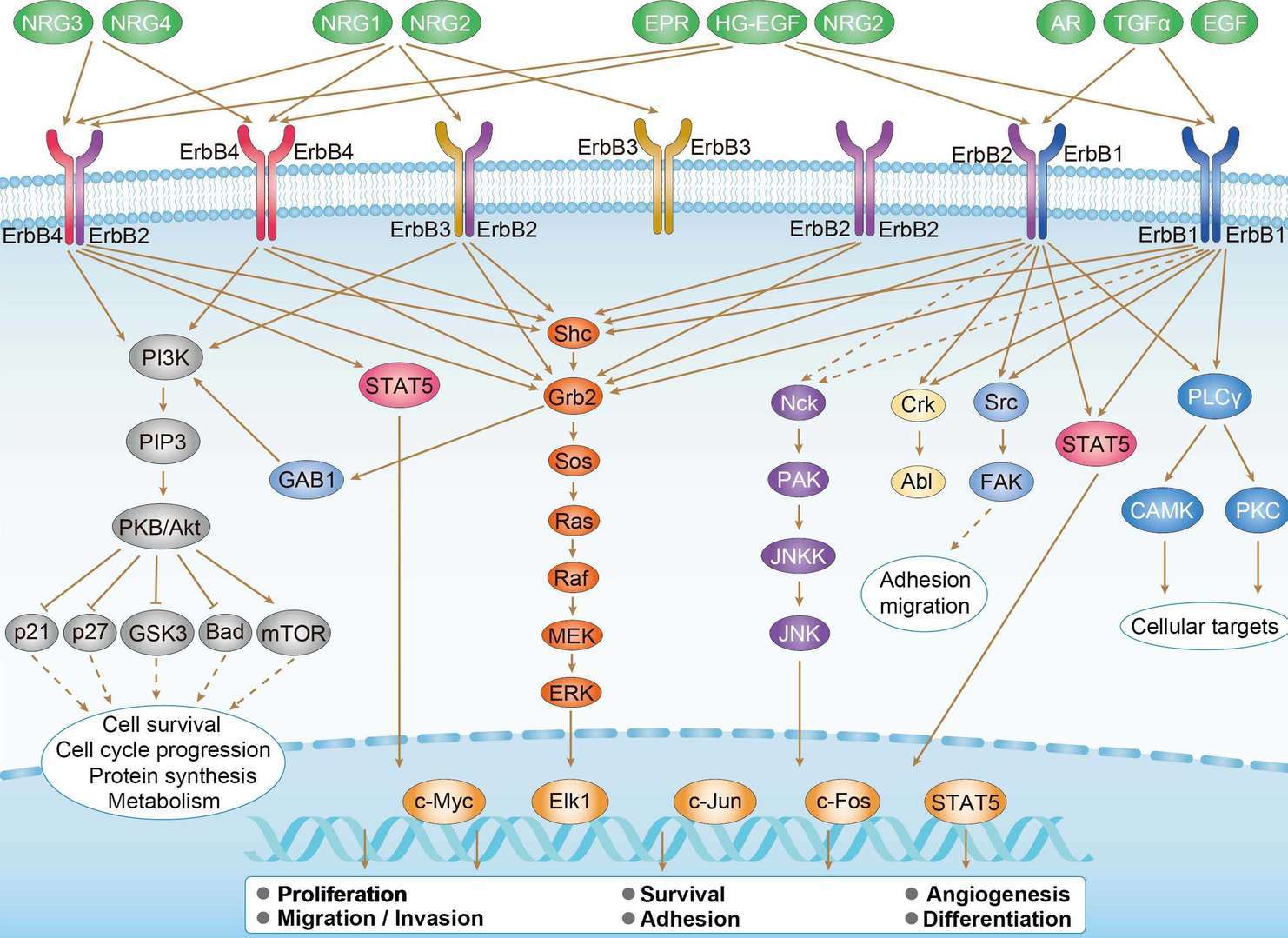 ErbB Signaling Pathway
ErbB Signaling Pathway
 Insulin Signaling Pathway
Insulin Signaling Pathway
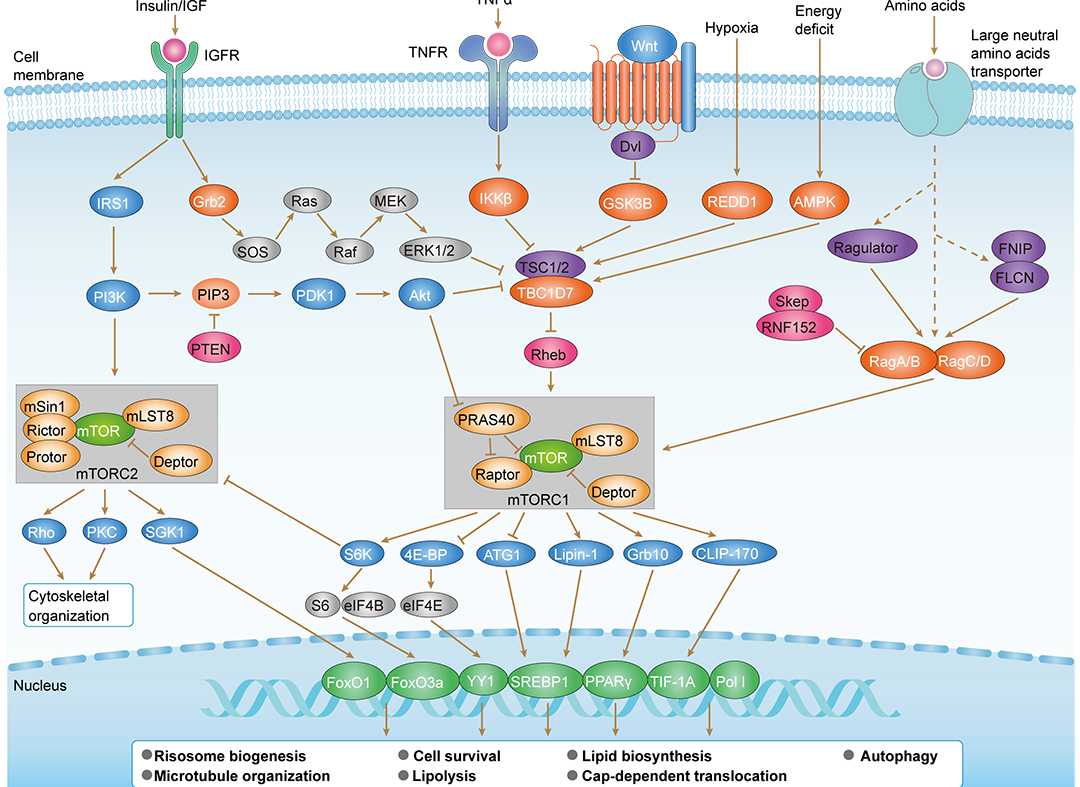 mTOR Signaling Pathway
mTOR Signaling Pathway
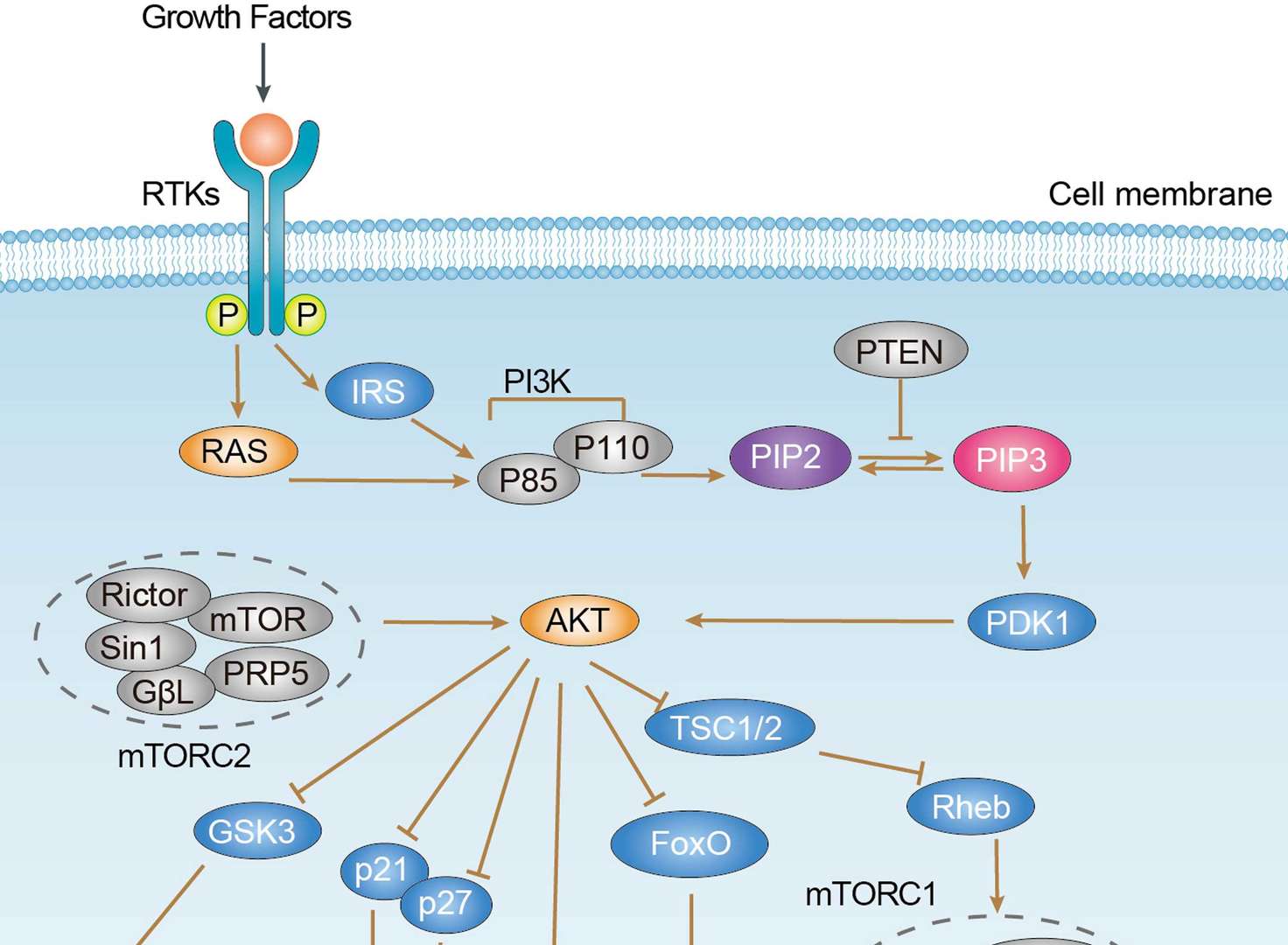 PI3K-Akt Signaling Pathway
PI3K-Akt Signaling Pathway
 Breast Cancer
Breast Cancer
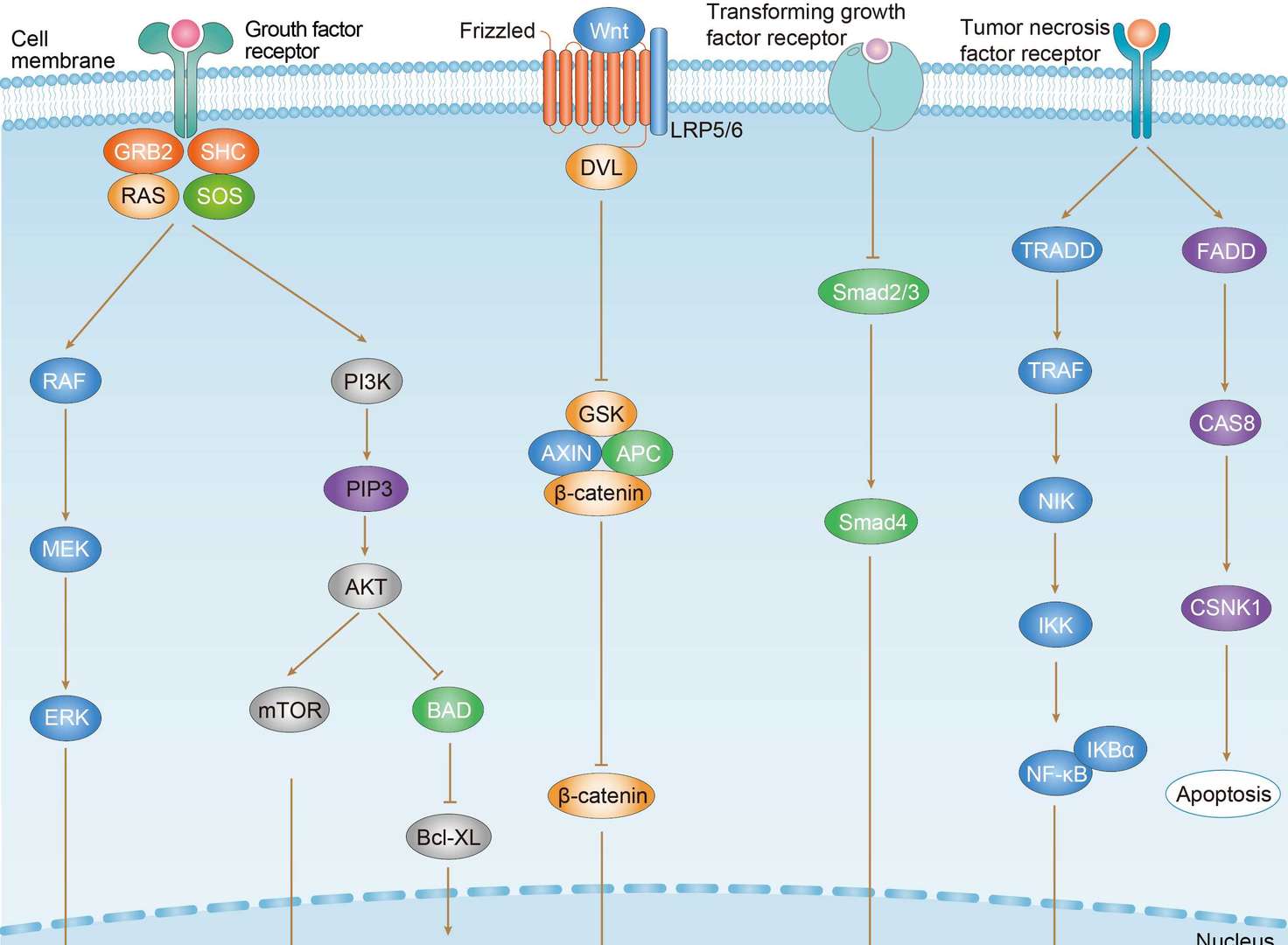 Colorectal Cancer
Colorectal Cancer
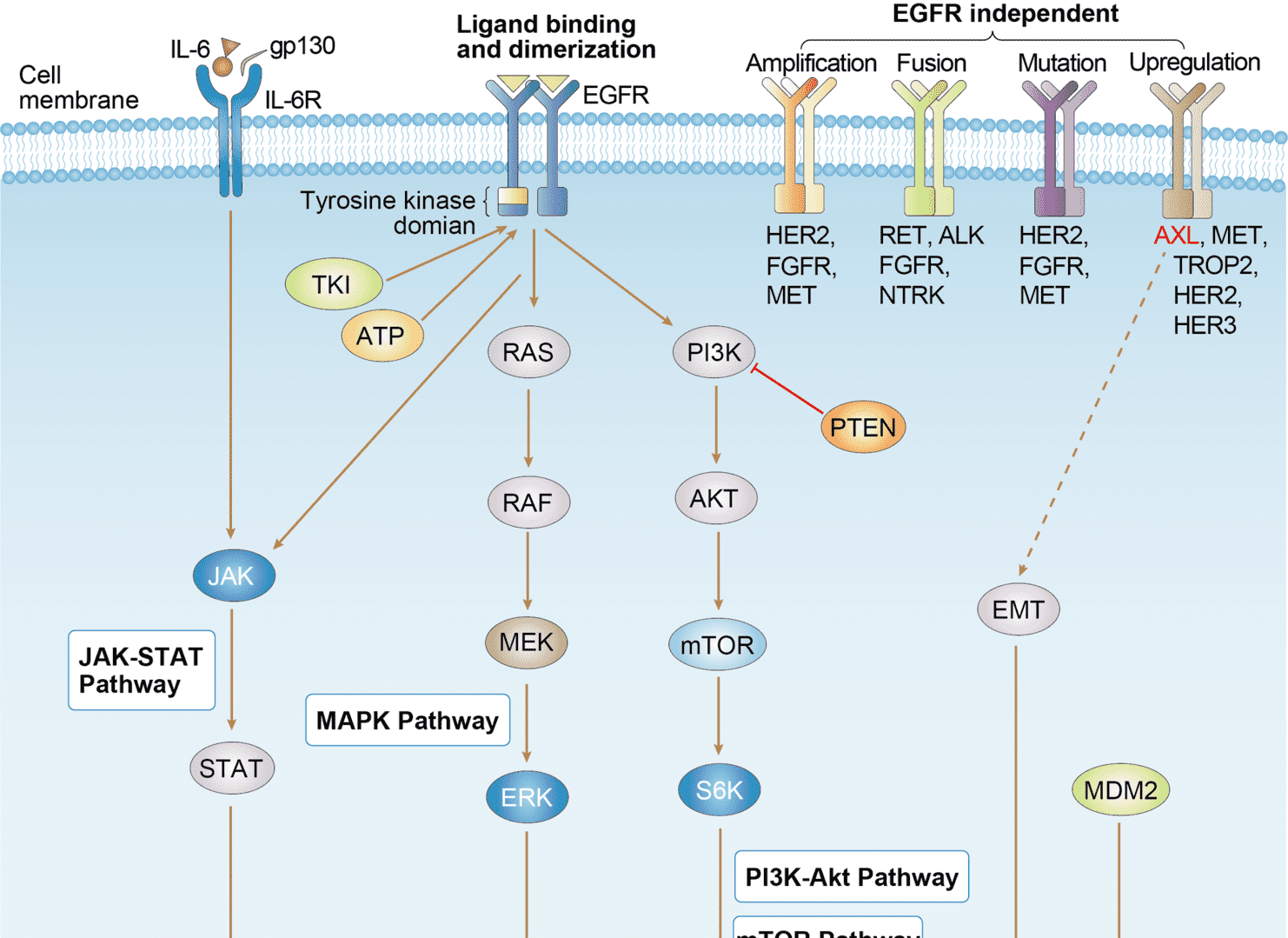 EGFR Tyrosine Kinase Inhibitor Resistance
EGFR Tyrosine Kinase Inhibitor Resistance
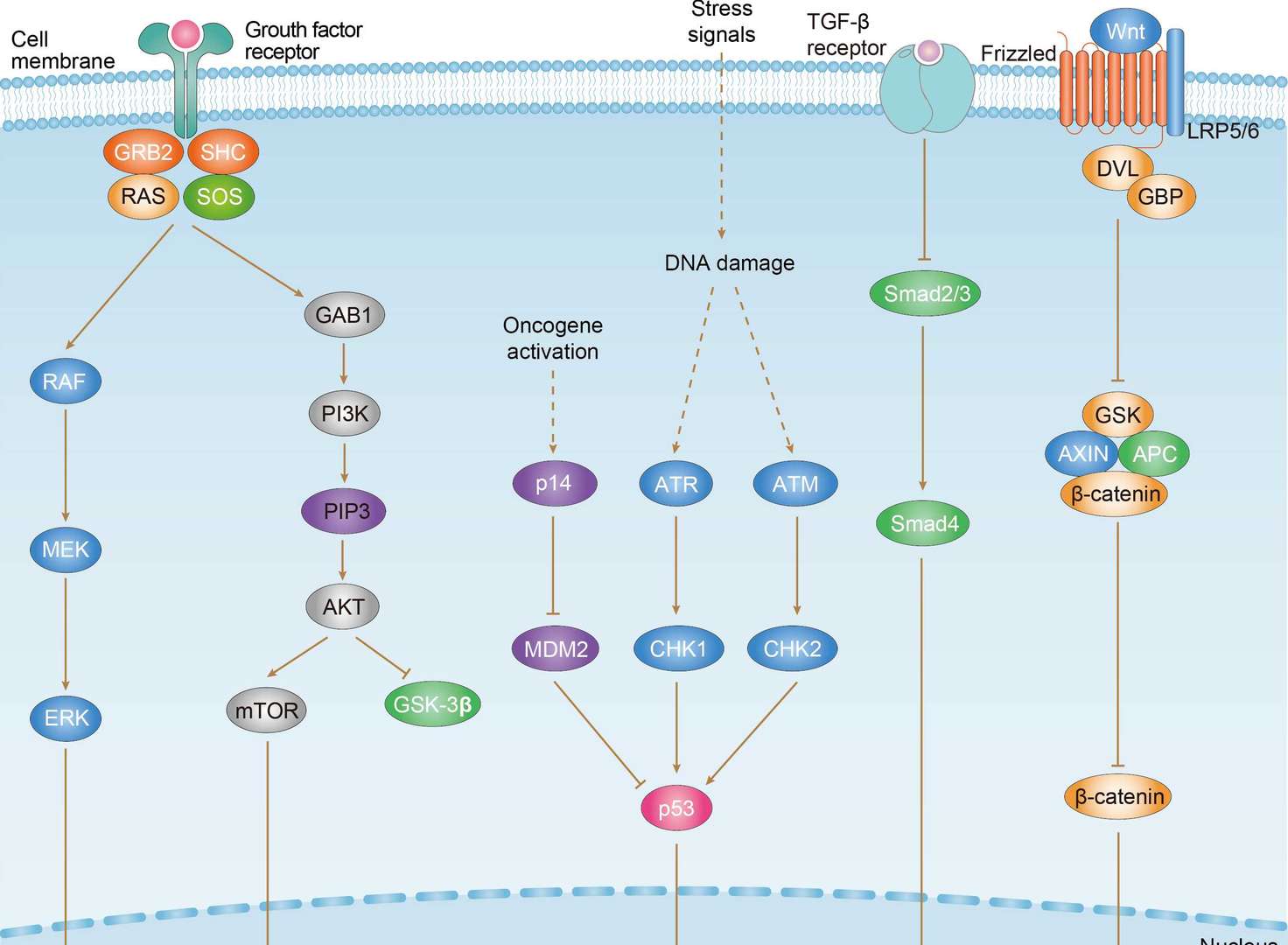 Gastric Cancer
Gastric Cancer
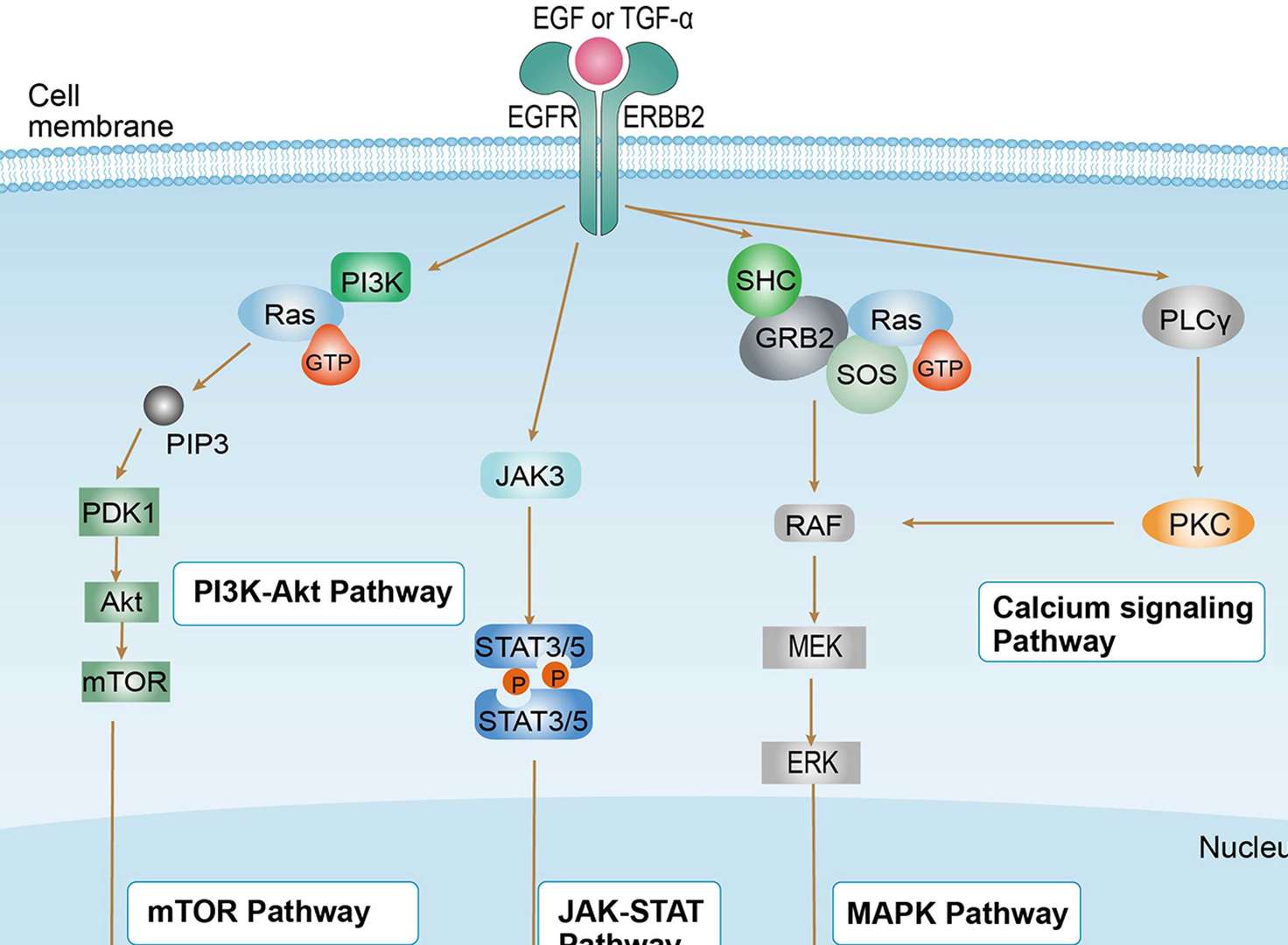 Non-small Cell Lung Cancer
Non-small Cell Lung Cancer
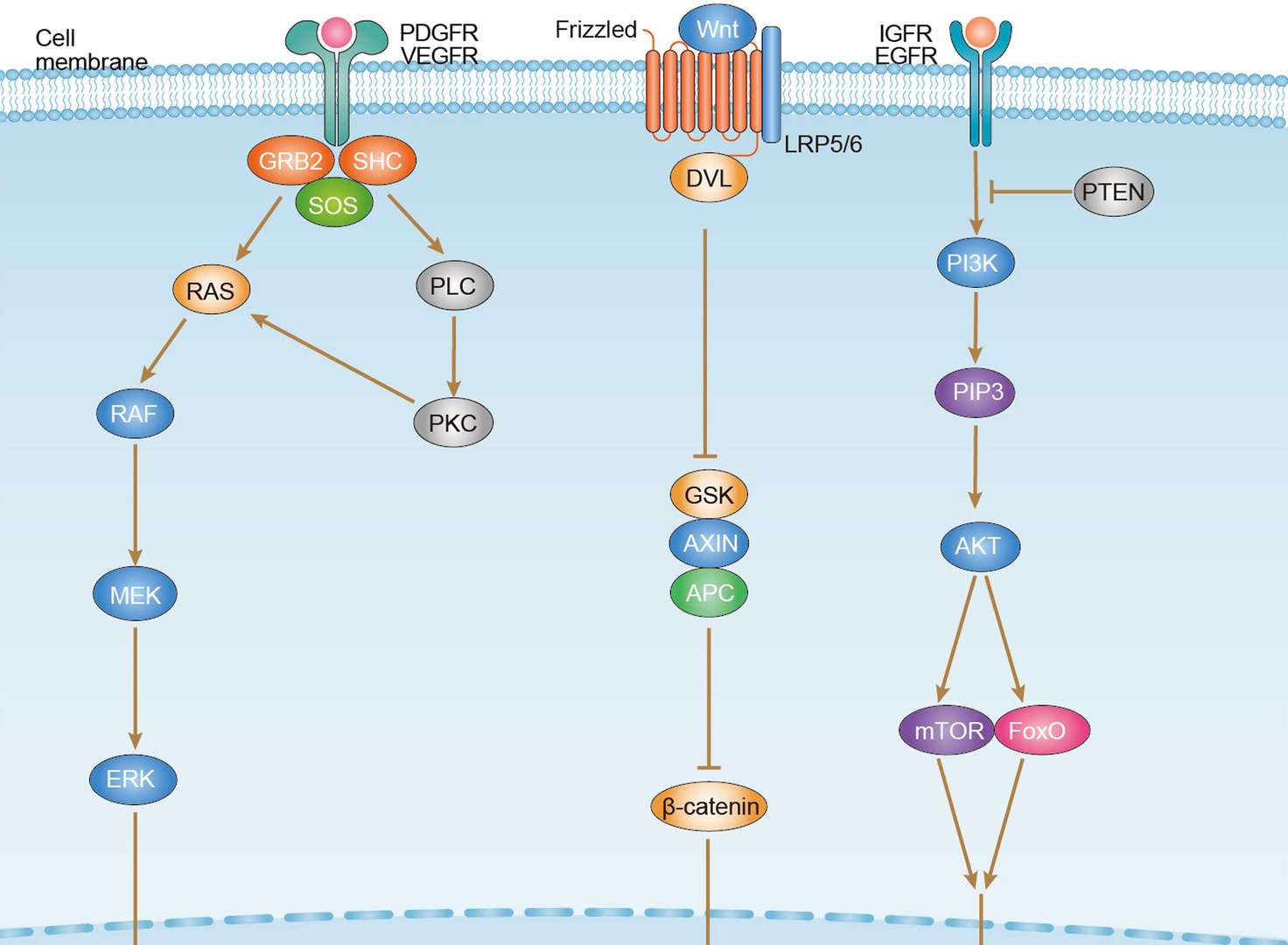 Hepatocellular Carcinoma
Hepatocellular Carcinoma